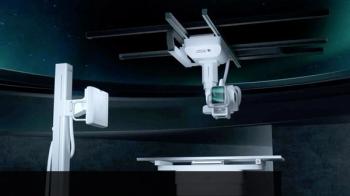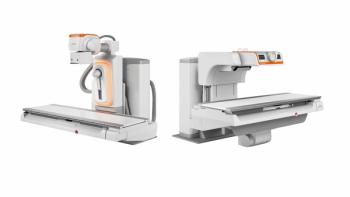
Reasons for computed or digital radiography vary, but both do the job
Most U.S. healthcare facilities have digital imaging technology in the form of either CR or DR. The decision is not when to go digital, but which technology is the most appropriate for each location.
Most U.S. healthcare facilities have digital imaging technology in the form of either CR or DR. The decision is not when to go digital, but which technology is the most appropriate for each location.
Faced with limited budgets and space and other constraints, managers must decide which platform represents the best option for each imaging service area. CR systems have long been the workhorse for delivery of digital images and are the most prevalent, while the higher cost of DR technology earns it more selective placements.
As you will see in the two healthcare systems described below, managers evaluated the same basic factors of staff productivity, speed of image delivery, clinical environment, and cost to determine equipment placements.
The results are dramatically different: one healthcare system installed DR in its hospitals' emergency room and radiology departments complemented by CR in other locations, while the second opted to employ DR technology in selected outpatient clinics and rely upon CR systems at its hospitals and remaining imaging centers.
-Editor
Newsletter
Stay at the forefront of radiology with the Diagnostic Imaging newsletter, delivering the latest news, clinical insights, and imaging advancements for today’s radiologists.






























